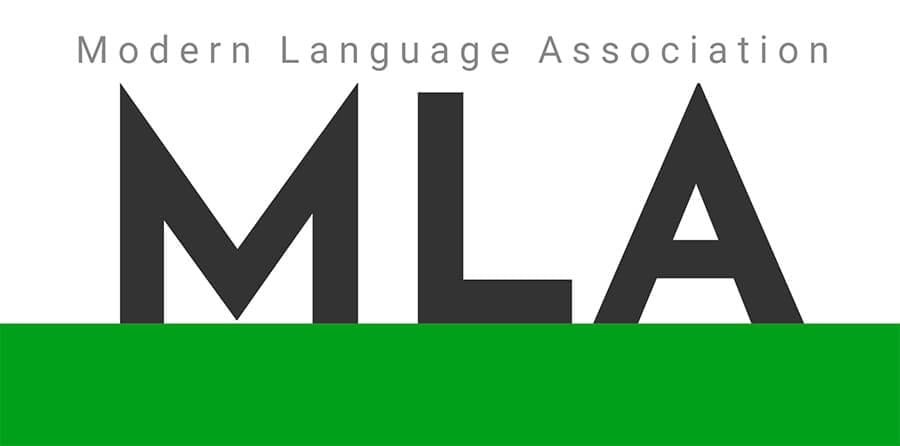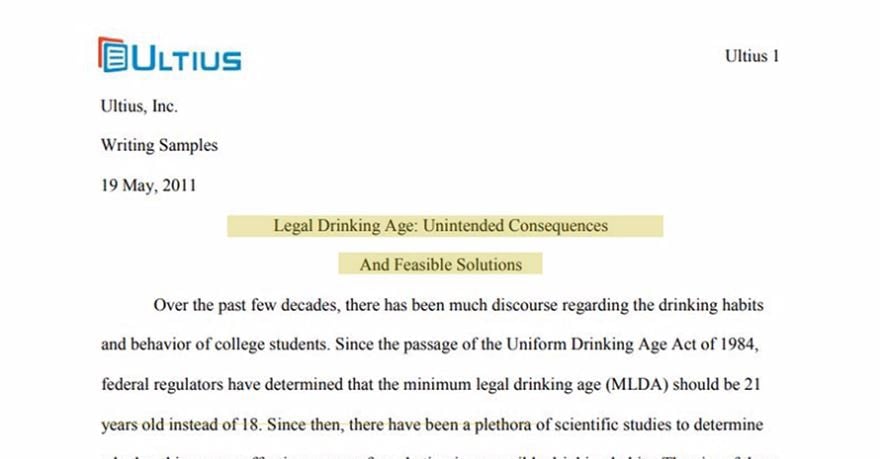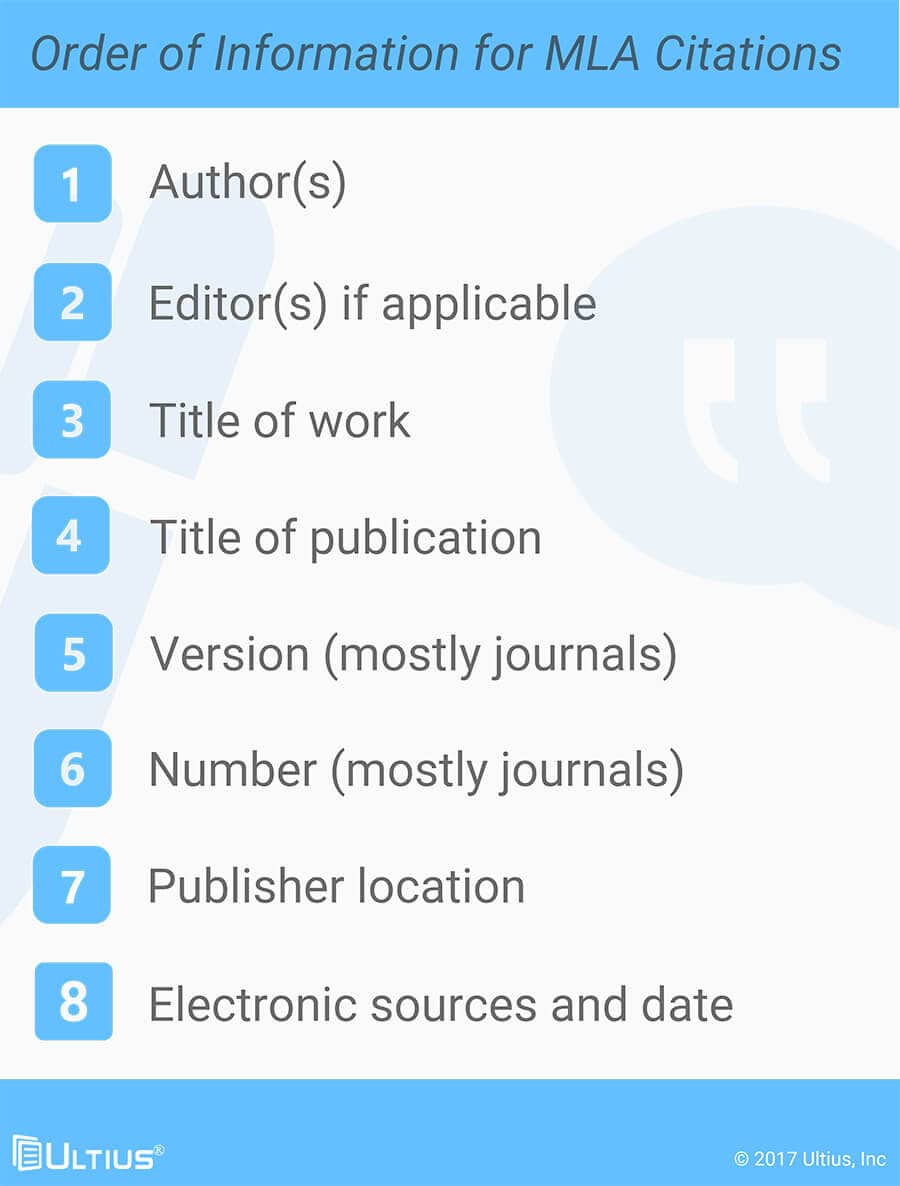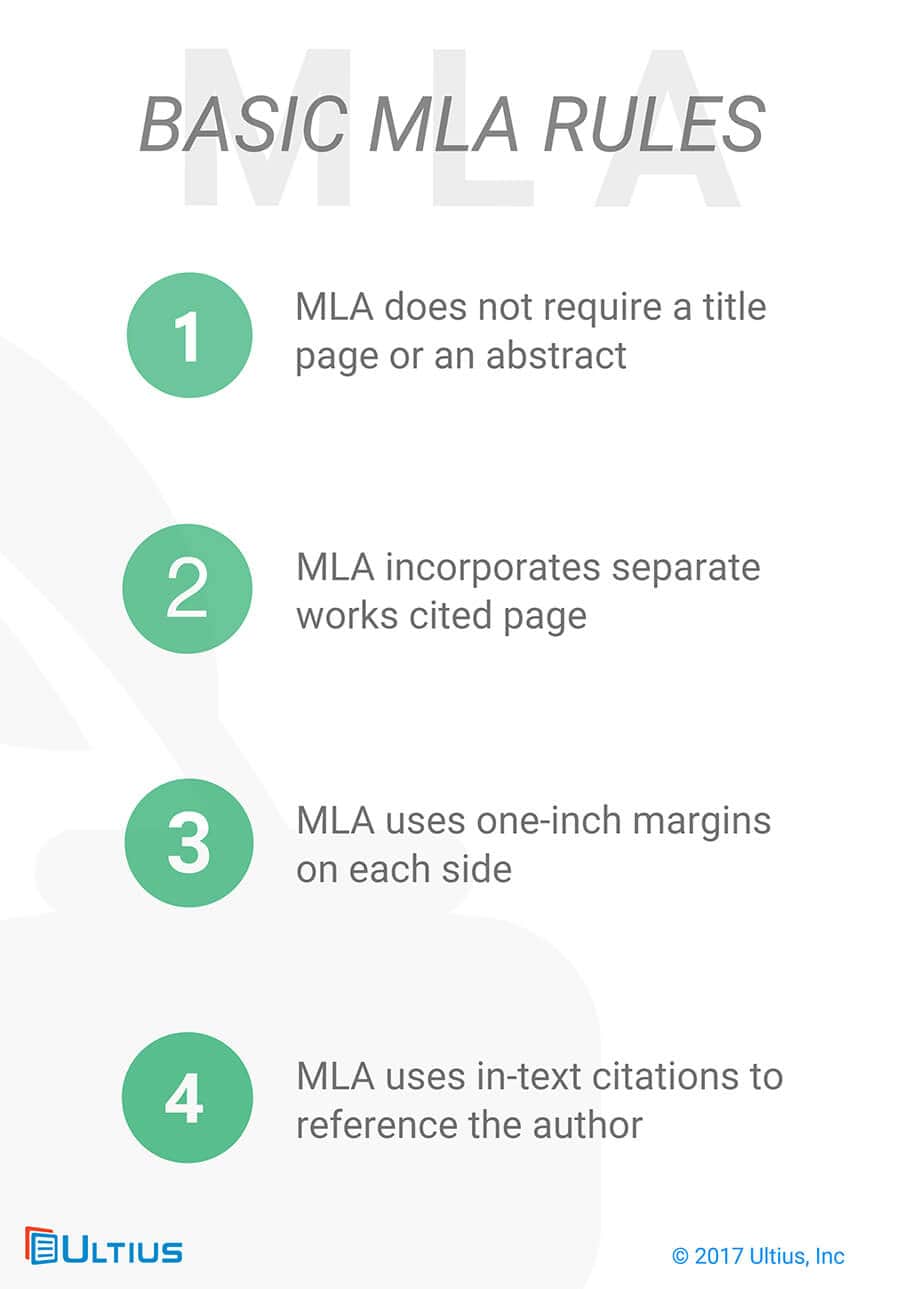MLA Style Guide
What is MLA format?
MLA is a specific style for formatting essays, making citations, and developing a reference list. MLA is an acronym for Modern Language Association, which is the organization that creates and publishes the MLA style guide.
MLA is the most common citation style across the liberal arts and humanities. This means that students and scholars within these disciplines will have to become very familiar with how to use MLA style.
The history of MLA style formally began in the year 1951, when what is now a book-length style guide began as something more like a pamphlet. The intention was to provide a standardized format that scholars in the liberal arts and humanities could use in order to format documents and refer to sources.
This evolved into the MLA Handbook, which has been published by the MLA ever since. Over the years, it has gone through multiple editions, with the current edition being the 8th edition, published in 2016. There are usually at least some significant changes from edition to edition, such that students and scholars need to keep up with the progress and use the newest edition published.
The present guide will be based on the 8th edition of the MLA Handbook. When you buy essay samples from Ultius, MLA is just one of the styles you can choose.
Table of contents
This guide will provide a thorough overview of all aspects of MLA style. It will include the following sections:
- The basics
- Header, title page, and headings
- In-text citations
- Works cited page
- Samples, templates, and downloads
In short, this guide should be your one-stop shop for all things MLA.
The basics
There are some basic formatting mechanics to MLA style. You are probably doing most of these things anyway, but they are still worth a brief mention.
Page formatting
An MLA-style essay should be written on paper that is the standard size of 8.5" in width and 11" in length. The page margins are to be set at 1" on all sides—top, bottom, left, and right. If you are using Microsoft Word, the default formatting may be 1.25" on the right and left, so you may need to manually change this.
Font
MLA style requires the use of a "normal" and legible font. (In other words, no Comic Sans.) Times New Roman is the most common font for MLA papers—or papers in any almost style, for that matter—and it is probably the one you should use. However, you are also permitted to use similar fonts such as Calibri.
12-point font is a requirement of MLA style.
Line spacing
MLA style calls for double spacing across your entire document, including the header and the works cited page. Unless your instructions have specifically indicated that you should use another kind of spacing (such as single), you should always go with double spacing.
Header, title page, and headings
Now that the basics are out of the way, let us turn to some of the more specific features of MLA style.
Header
There are two main elements to the header in MLA style. The first is the header itself. In the header, you should have "Lastname p.#" aligned to the right side of the page. So, if your last name were Watson, then the header on the third page of your document should read "Watson 3". These are normal page numbers, but with your last name preceding each page number.
The second element of headings is the header that should appear in the body of your essay on the first page. This header has four lines in the following order:
Full Name
Class Name and Section
Professor Name
Date Fully Written Out
For example, a sample header may look like this:
Jane Watson
PHIL 101
Professor Smith
20 January 2019
The header should be aligned to the left at the top of the first page of your essay. Also, it should be double spaced.
Title page
MLA actually does not make use of a title page. You just need to have the header as described on the first page of your essay. Then, below that, write the title of your essay, and center-align that title. Use headline-style capitalization. For example, a sample title would like this:
Then you can begin the body of your essay in the very next line, left-aligned and using normal indentation for paragraphs.
Headings
Headings refer to the subdivisions with your essay that help organize your essay into coherent parts and sections. First-level, second-level, and third-level headings refer to increasing levels of subdivision, similar to the various levels of an essay outline.
MLA is not altogether clear on how headings should be formatted. The only real guideline present is that whatever formatting you use must remain consistent throughout the essay.
For example, you could choose the use the following heading style:
| Level | Style | Example |
| 1 | All caps | JUNGIAN ARCHETYPES |
| 2 | Bold, headline style | The Shadow |
| 3 | Italics, headline style | Dealing with the Shadow |
This is just an example, although it is an example that we recommend. But as long you keep it consistent, you could change up the specifics if you wish.
Also, you could choose to number your MLA headings for the sake of clarity. if you numbered them, the examples above would look like this:
1. JUNGIAN ARCHETYPES
1.1. The Shadow
1.1.1. Dealing with the Shadow
If the organizational structure of your essay is relatively complex, then numbering the section may be a good idea in order to ensure that your reader can follow your flow.
In-text citations
In-text citations are a crucial element of MLA style, and standardizing the use of such citations is one of the main reasons why the style guide was developed. This section of the present guide will go over some of the variations in MLA in-text citation form. Most of these variations have to with the number of authors listed for a given source, as well as whether the name of the author has been included in the text of your essay.
Two ways of citing the author
The first way to make an MLA in-text citation is the (Author p.#) format. This looks like the following:
However, it is important to note that the Court did not decide against the University because of its adherence to affirmative action, but rather the way in which the school carried out its admission process, setting aside 16 of 100 spots for "Blacks, Chicanos, Asians, and American Indians" (Powell 65).
The citation at the end of this passage indicates that the author is Powell and that the relevant quote can be found on page 65 of the source. Please note that there is no comma between the name of the author and the page number.
The second way to cite an author is to include his name in the text itself, in which case it would not be included again in the parenthetical citation. Consider the following example:
According to Powell, the Court did not decide against the University because of its adherence to affirmative action, but rather the way in which the school carried out its admission process, setting aside 16 of 100 spots for "Blacks, Chicanos, Asians, and American Indians" (65).
In this example, since Powell is mentioned in the sentence itself, the parenthetical citation at the end only includes the page number.
Internet or alternative sources
Sometimes, a source such as an online news article may not have a citable page number. In this case, you can use other identifying information, such as paragraph or section number. The in-text citation would then look like (Powell, paragraph 3) or (Powell, section 5).
Variations on authors
In-text citations in MLA style can change somewhat depending on the number of authors responsible for a given source, as well as whether the author is known. This table gives some common examples.
| Variation | Format | Example |
| one author | (Lastname p.#) | (Powell 65) |
| two or three authors | (Lastname, Lastname and Lastname p. #) | (Powell, Smith and Wesley 101) |
| more than three authors | (Lastname et al. p.#) | (Powell et al. 32) |
| unknown author | (Abbreviated Title p. #) | (Chicanos 71) |
| more than one source cited in essay by the same author | (Lastname, Abbreviated Title p.#) | (Powell, Chicanos 216) |
Again, in all of these examples, if you mention the name of the author in the relevant sentence of your essay, then the name should be omitted from the parenthetical citation at the end of the sentence.
Works cited page
The works cited page is perhaps the most complex element of MLA style. This is especially because there are different rules for different types of source documents (such as book, journal article, website, and so on). The present guide will now go through the guidelines for some of the more common types of sources you will be required to cite in your MLA essay.
Format of the page
The works cited page should be a separate page at the end of your essay. (So, if there is space at the end of your final page of text, then start a new page.) The page should have the words "Works Cited" (without quotation marks) center-aligned at the top of the page in normal font.
The first entry of your works cited page begins on the very next line. The first line of a reference entry should not be indented, but all subsequent lines of that same entry (if it takes more than one line) should be indented.
Then, the next entry begins on the next line, without indent. The whole works cited page should be double spaced, and there should be no additional spaces between entries.
Books
The MLA works cited entry format for books has become very straightforward with the 8th edition. Now it is no longer necessary to identify the location of the book's publication. Here is the standard format, followed by an example.
Lastname, Firstname. Title of Book. Publisher, Year.
Frizzoli, Dante. Virgil and the Founding of Rome. Dixon Publishing Corp, 2004.
That's about it.
Variations on authors
As with the in-text citations, the format for works cited entries can change a little depending on the status of the author(s). Here is a table again.
| Variation | Example |
| One author | Frizzoli, Dante. Virgil and the Founding of Rome. Dixon Publishing Corp, 2004. |
| Two or three authors | Frizzoli, Dante, and John Smith. Virgil and the Founding of Rome. Dixon Publishing Corp, 2004. |
| More than three authors | Frizzoli, Dante, et al. Virgil and the Founding of Rome. Dixon Publishing Corp, 2004. |
| Unknown author | Virgil and the Founding of Rome. Dixon Publishing Corp, 2004. |
Please note that when there is more than one author, the last name is listed first for the first author but not for the other authors.
Journal articles
Articles from scholarly journals will be a key type of source you will use for MLA essays. Here is the standard format, along with a specific example.
Lastname, Firstname. "Title of Article." Name of Journal, vol. #, no. #, year, pp. #-#.
Smith, John. "On Gender Inequality." Journal of Justice, vol. 16, no. 4, 2004, pp. 60-79.
This has changed substantially since previous editions of MLA style, so please keep the details in mind. Also, if there is more than one author, then please see the above information on referencing books for how that works.
Internet sources
MLA was not really designed to handle Internet sources; indeed, much of the style manual seems to assume the use of print-based sources. That being said, there is in fact a standard way to cite sources found on the Internet. This has also changed since previous editions of MLA.
Standard format and example:
Lastname, Firstname. "Title of Article." Database or Host, Day Mon. Year. of creation, URL. Accessed Day Mon. Year of access.
O'Connor, Timothy, and Christopher Franklin. "Free Will." Stanford Encyclopedia of Philosophy, 21 Aug. 2018, https://plato.stanford.edu/entries/freewill/. Accessed 21 Jan. 2019.
If no authors are listed, then begin with the name of the article. If there is no official publication name, then list the name of the host or organization that runs the website. If you need more examples, you can buy MLA paper samples from Ultius.
Samples, templates, and downloads
| MLA (8th ed.)Modern Language Association | ||||||||
| Type, name, and descriptionModified | ||||||||
| Manuals and guides | ||||||||
|
* External works are subject to copyright by the respective owners. Please use these resources at your own risk.






